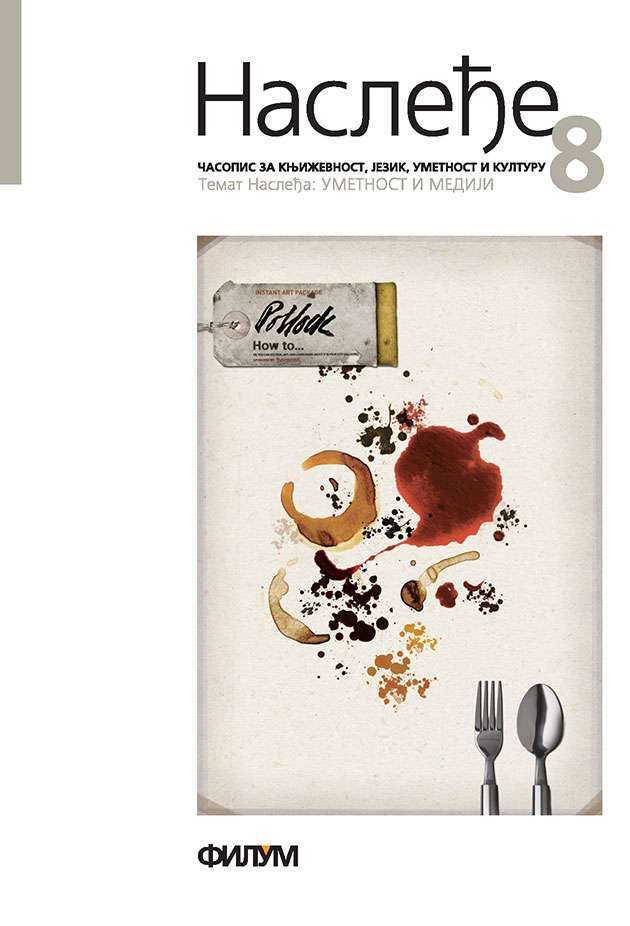MUSIC ON TELEVISION- INTERPRETATION TOVARDS CREATION
Keywords:
телевизија, музика, време, визуелизација, телевизијска опера, телевизијски балетAbstract
Though from the very onset it was quite clear that music was to fill out the major portion of television media, the first considerations regarding the nature of the medium did not, however, particularly take into account the interrelation between television and music. First theoretical endeavors were primarily concerned with sociological attributes, thus determining the courses of future research. However, in order to appreciate the nature and essence of the medium, as well as describe and define the musical forms present in the latter, it was necessary to establish, first and foremost, its temporal aspects, as well as the way temporal category was experienced via the medium.
The first musical creations to be recorded on television demonstrated an aspiration towards artistic modes: those were lesser attempts of „portraying“ the perfomer, in order to subsequently resort to the „portrayal“ of music. The aspiration towards visualization implies employing visual metaphorical set as a specific matrix, determined by the external musical parameters – unlike the homologous elements of transference which are established according to the type of orchestration, instruments in the score and the form of work.
Constituting chiefly an interpretative domain at first, television was later to impose itself upon artists both with its specific qualities and its specific forms – television opera in the first place, then television ballet and video dance. Television music scene, in the second half of the previous century, gained on the quality of liveliness and attractiveness, with Serbian authors becoming increasingly interested in it, while ballet and movement constituted central portions in all of the most contemporary and avant-garde television productions, the interrelation of sound, word, movement and structure giving voice to the message, creating an entirely novel kind of the artistic utterance. The difference between suchlike creations and polymedium works of art is quite small, with the picture and sound being simultaneously used in the artistic media.
References
- Маршал Маклуан, Познавање општила – човекових продужетака, Просвета, Београд, 1964, 58.
- Umberto Eko, Otvoreno djelo, Sarajevo, 1965, 6.
- Умберто Еко: Култура, информација, комуникација, Нолит, Београд, 1973, 427.
- Слободан Новаковић, Човек, медиј, Прометеј, Нови Сад, 1998, 89.
- Светомир Николајевић, Мисао као одраз времена, издање аутора, Београд, 46-47.
- Charles Rosen, The Classical Style, Faber and Faber Limited, London, 1971, 83.
- Бранка Радовић, „Беле ноћи“, Звук.
- Inger Aby, Opera on Television, Opera screen, Viena, 1993, 7.
- Jannifer Barnes, Television Opera, London, 2005, 28.
- Horace Newcomb, Toward Television Aesthetics, Oxford University Press, Oxford, 1989, 47.
- Силвана Ружић, Грађа за систематизацију балетске музике са становишта дефиниције жанра, дипломски рад, рукопис, Београд, 1999, 7.
- Милица Зајцев, Видеоданс – највећа позорница света, Данас, 31. 12.1998.






